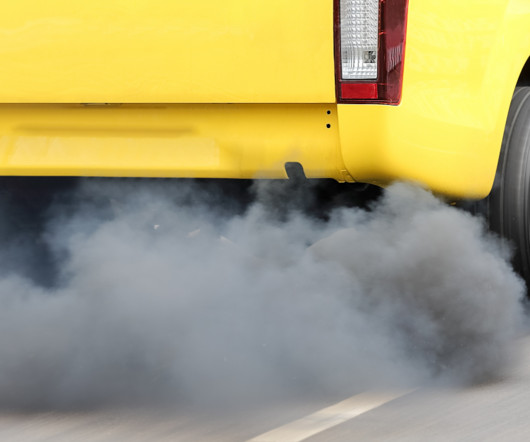Nonthermal plasma torch reforming of exhaust gas for NOx trap regeneration
Green Car Congress
FEBRUARY 4, 2011
Researchers from the Center for Energy and Processes (CEP), MINES ParisTec, and Renault are exploring the non-catalytic reforming of diesel fuel with diesel engine exhaust gas (i.e. An alternative to the catalytic exhaust gas reforming of diesel fuel method is presented in this paper and consists of using an NTP torch. trap catalyst.
































Let's personalize your content